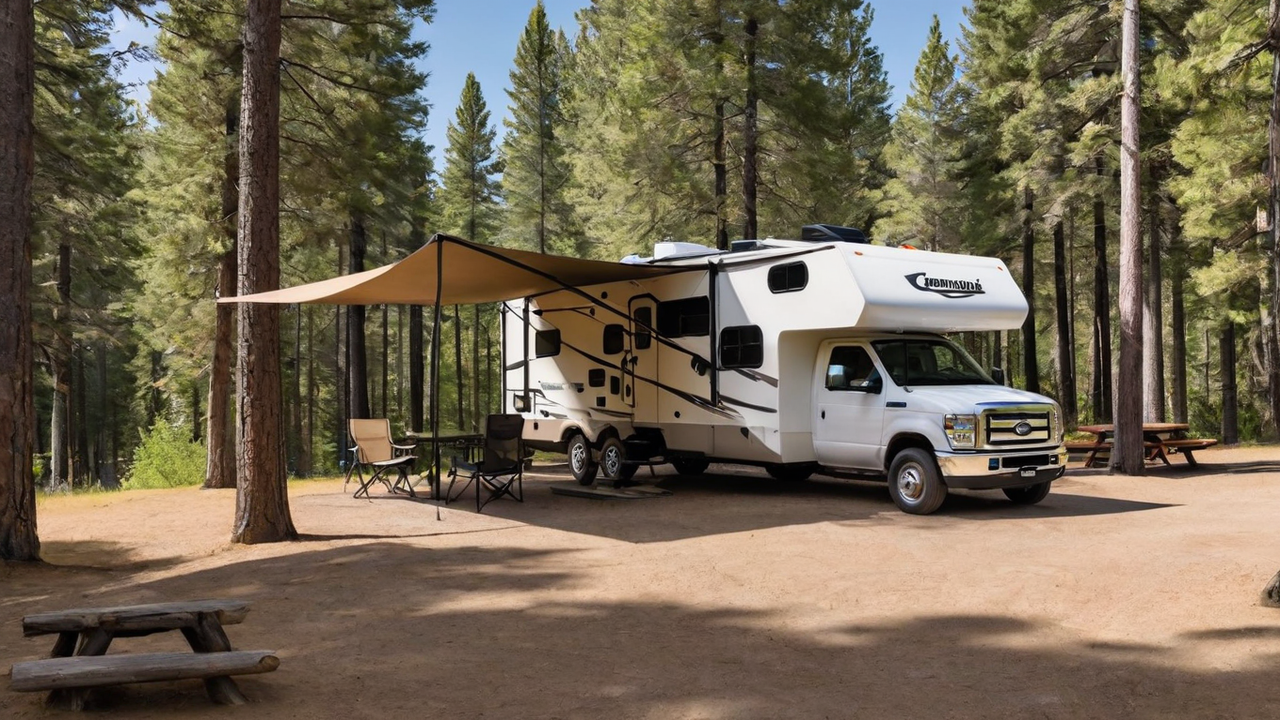Creating an Ultimate User's Interface: Design Guidelines for Camping Software
Creating an Ultimate User's Interface: Design Guidelines for Camping Software
Blog Article

Grasping The Users
Understanding whom your intended users are essential in crafting an effective user's experience. It's important to take into account your requirements, preferences, and technology savviness. Such insight directs the designing decision, guaranteeing that the program is accessible and intuitive.
Knowing your users also implies recognizing their difficulties and the way they plan to utilize the camping software. This allows designers to customize features and capabilities that meet specific requirements, thus making your software not only helpful but also indispensable.
Streamlining the Navigation
Streamlining the navigation can be one major aspect of interface design. A clear navigation structure makes sure users can readily find what they're looking for, cutting down frustration and improving satisfaction levels. It's about the experience within the app as smooth and effortless as possible.
Furthermore, effective navigation guides visitors through your software, showcasing functions and tools that they might otherwise would miss. This an method not only enhances user experience but also encourages deeper engagement with your campground software full range of features.
Incorporating Premium Graphics
Visuals have an important part in designing an attractive user interface. They assist in breaking text and can also illustrate functions in a more effectively than text alone. Picking the right visuals, symbols, and colors can boost the look of your application, making it more visually attractive to the eye.
Additionally, visual consistency is crucial for establishing brand identity and trust amongst your users. Each component ought to be in harmony with the brand’s principles and the message of your application, creating a seamless experience that is both professional and welcoming.
Improving the Responsiveness
In today’s online world, people demand campground software to be fully responsive on every devices, from desktops to mobile phones. An adaptive design guarantees that no matter of what device size, your application delivers an optimal user experience. This not only improves usability but also caters to your users’ on-the-go lifestyle.
Moreover, enhancing your software’s responsiveness can also lead in better speed, minimizing the loading time and preventing frustration. Users value a speedy and efficient experience when accessing camping applications, and this makes performance an element in satisfaction levels.
Enhancing the Search Functionality
Finding information swiftly is fundamental in any kind of application, especially in campground management. Optimizing your search feature permits visitors to easily find what they're searching for, which in turn boosts their experience and efficiency. By intelligent search features, you can decrease the frustration and increase overall satisfaction.
Additionally, sophisticated search features such as filtering options and tagging can help in narrowing down results, making the process even efficient. Introducing these functionalities demonstrates a understanding of your user’s needs and a commitment to making their experience with the campground software as seamless and effective as possible.
Focusing on User Security
Protecting user information is always non-negotiable when coming to designing campground software. Users need to feel safe when inputting their personal information. Ensuring strong security protocols not only secures their information but likewise builds a sense of trust between your customer and your company.
In addition to standard protections like strong passwords and data encryption, it's important to consider integrating advanced security measures such as two-factor authentication or biometric verification. These features provide an extra layer of security, ensuring that user data is kept safe from unauthorized access.
Leveraging User Feedback
Feedback is vital for ongoing improvement of the campground software. It allows developers to see what is working, what doesn’t work, and how their application can be enhanced to better meet the user’s expectations. Actively seeking this type of feedback establishes an open dialogue between your customers and the team, making them feel they are part of the software’s evolution.
Using this feedback into account can result in tangible improvements in user interface design and overall user experience. Implementing changes based on actual input proves that your brand cares about its users and is committed to providing a high-quality product.
Maintaining the Simplicity
In the realm of UI design, the principle of simplicity is golden. A overly complicated interface can confuse the users, resulting in an unpleasant user experience. Simplicity, on the hand, helps your software more intuitive and user-friendly. It promotes greater user engagement and satisfaction.
Furthermore, keeping the simplicity should also extend to the content and functionality. Avoiding unneeded features that don’t add real value can help ensure that the interface remains clean and focused on meeting the core requirements of your users. By doing so, you can craft click for more a more efficient user experience that appeals with the target audience.
Report this page